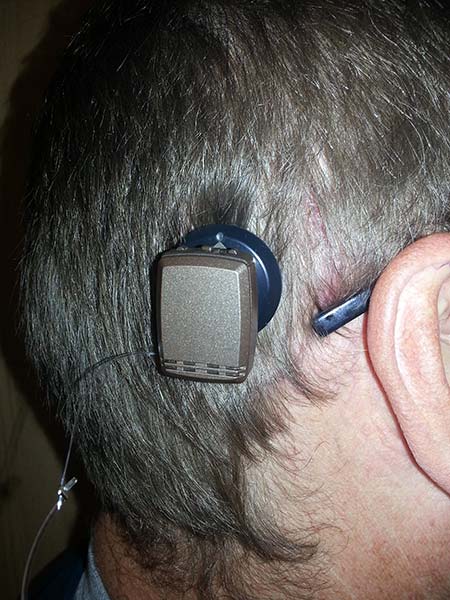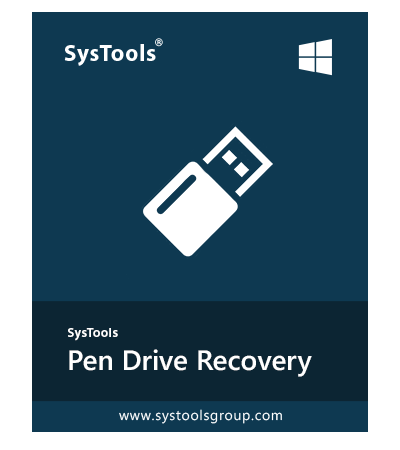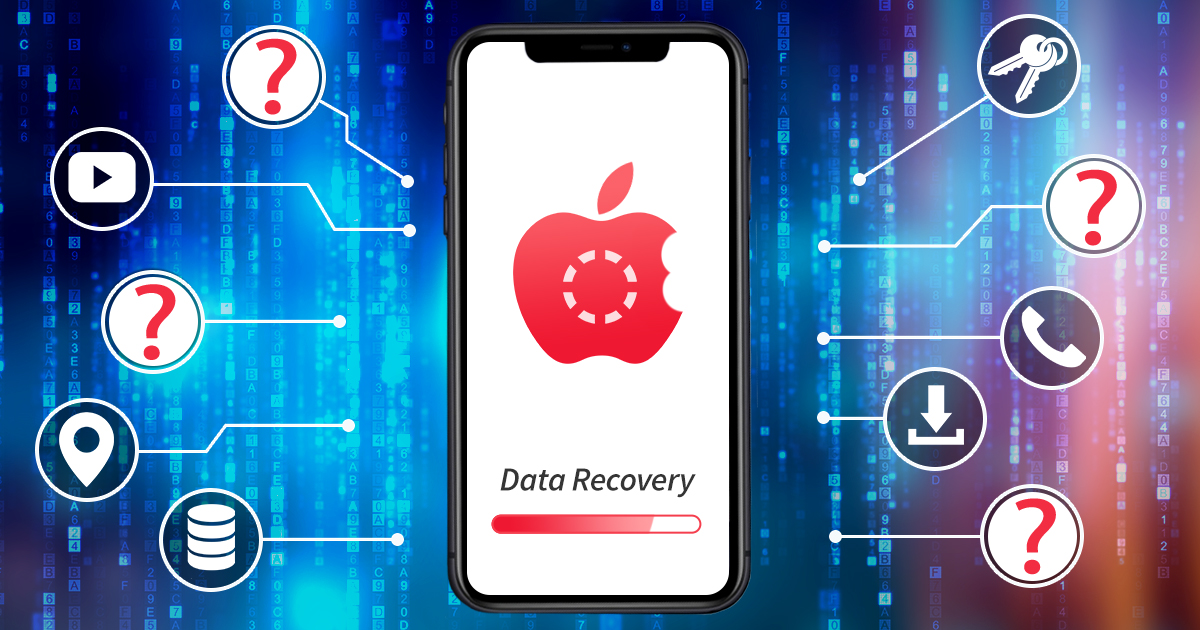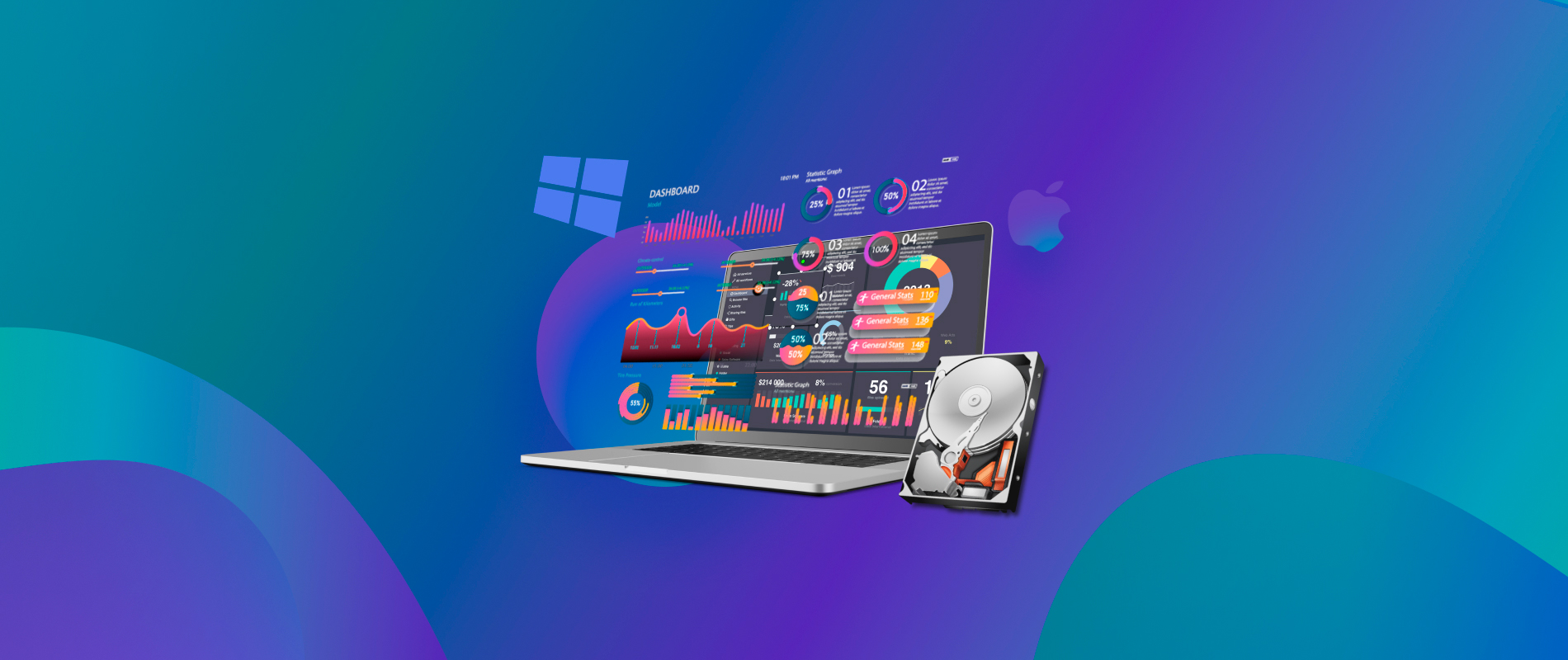Apr 06, 2021 • Filed to: Photo/Video/Audio Solutions • Proven solutions
Top 5 SD Card Photo Recovery software, free download for Mac 1# M3 Free Mac Data Recovery This is a good Mac data recovery program, this free program can be used to recover all types of data including videos, music, photos and documents among many others. The next option for you is Photo Recovery. It is another classy photo recovery app for Android devices you can use to recover all your deleted photos. It doesn’t mean if you delete the photos by mistake or intentionally, all the photos will be saved in a file from where you can recover them with just a few taps. To start recovery, mark the files (photos) you want to retrieve and click the 'Recover' button pn the bottom of the program's interface. Your photos should be saved to the selected path, and not to the same drive or device from where they were corrupted. Download this app from Microsoft Store for Windows 10 Mobile, Windows Phone 8.1. See screenshots, read the latest customer reviews, and compare ratings for Photo Recovery - Free Bird.

Find the reliable and best free photo recovery software to recover your deleted photos from a memory card, hard drive, SD card, or digital camera? In the following content, we listed the top 5 free photo recovery software for you. We spent a couple of hours testing the software for the data loss scenarios.
For each software, we will list out its pros and cons, use, and its beneficial features that can appeal to the users, and compare them to discover the best one for you.
Recoverit Photo Recovery Software is the easiest and effective in how to recover deleted photos on the computer.
1. Recoverit Free Photo Recovery
Recoverit free data recovery software is the perfect choice for users to recover photos from computers, memory cards, SD cards, hard drives, USB flash drives, digital cameras. Etc. Lg w1941s drivers for mac.
It has specific data recovery modes dedicated to data loss scenarios like file corruption, deletions by error, emptied recycling bin and Mac trash, formatted hard drive/devices, lost partitions, virus or malicious attacks, and even computer system.
Key Features of Recoverit Photo Recovery:
Your Safe & Reliable Free Photo Recovery Software

- Recover lost or deleted files, photos, audio, music, emails from everywhere effectively, safely, and completely.
- Supports data recovery from recycle bin, hard drive, memory card, flash drive, digital camera, and camcorders.
- Supports to recover data for sudden deletion, formatting, hard drive corruption, virus attack, system crash under different situations.
Pros & Cons
Pros
- The high recovery rate for most data loss scenarios.
- The speed of first scanning is the fastest among these programs.
- The useful and friendly interface for beginners.
- Has tons of customer support options.
Cons
- The deep scan option will take a longer time to finished.
- The expansion of the Free version (maximum restoration: 100MB).
How to Recover Deleted Photos with Recoverit Data Recovery
If you wonder, know 'How do I recover permanently deleted pictures?' you can download and install Recoverit data recovery on a Windows computer and follow the next guide -how to recover deleted photos from the computer easily.

Step 1Launch Recoverit on your computer.
After downloading, double click the 'Wondershare Recoverit' icon on the Desktop to launch the program.
Step 2Please Select a Hard Disk Drive.
Select the location where your photos were deleted or lost, and click the 'Start' button to scan.
Step 3Scanning your Deleted Photos from Computer.
Prince midi files. Recoverit Free photo recovery software will start a quick scan to search for deleted photos. After the scanning, you can preview some photos and get your photos back.
Step 4Preview and Recover Deleted photos
After the scan is completed, you can check all recovered files on the list. Go to preview the recovered photos and click the 'Recover' button to retrieve your photos back.
Pros & Cons
Pros
- It works well even if the file system is severely damaged.
- It is designed for use specifically on small storage devices.
- It is the most affordable application for file recovery.
Cons
- Somewhat difficult for beginners as it is a command-line interface.
- It's not compatible with digital cameras Epson or Samsung.
- It's not good for formatted data recovery.
Tips: PhotoRec is a program that costs less, but it is tough to use. Move to the steps to recover deleted photos with Recoverit Data Recovery.
Photo Recovery Usb

3. Recuva
This free photo recovery software can recover files that have been permanently deleted and marked as free space by the operating system. It works on USB flash drives, memory cards, hard drives, and other storage devices. It is one of the top choices to recover photos from SD card free for both frequent and casual users.
Key Features of Recuva:
- Superior file recovery that includes pictures, documents, music, and much more.
- Allows recovery of data from damaged disk drives or newly formatted drives.
- It offers a deep scan to the users, so there is almost no margin for any files that cannot be recovered.
- Offers Full Windows OS Support with over 37 different languages.
- File system supported includes FAT/NTFS and Ex 3-4 covering all desktop operating systems.
Pros & Cons Basketball wheel offense pdf.
Pros
- It's great for recovering.JPG and raster files.
- It makes your computer faster and more secure.
- It has good privacy protection and removes tracking files.
Cons
- It cannot guard against junk files in real-time
- Manually update the latest version.
4. Stellar Phoenix Photo Recovery

This is one of the best DIY free photo recovery software. Its user-friendly interface makes it easy and convenient to use even by novice users who do not have a software background. It can be used to resurrect files that you may have accidentally deleted or have been subject to malicious attacks.
Key Features of Stellar Phoenix:
- It works with all major digital cameras, SD cards, PC, USB flash drives, and more.
- The fastest recovery of video files like MP4, MOV, and MXF movies.
- Supports to preview different types of the recovered files.
- Friendly user interface and customizable options.
- Recover deleted data from media with a size as huge as 2TB and more.
Pros & Cons
Pros
- Quickly recover video files in 2 simple clicks.
- It works well for a huge size device > 2TB storage.
- Supports Unicode file recovery from different types of media and formats.
Cons
Photo Recovery App
- The Scanning of RAW format recovery needs improving.
- The scanning of speed is the slowest.
5. Undelete 360 Photo Recovery
Undelete 360 photo recovery software is specialized software for recovering deleted photos. It supports retrieving lost images and videos from different digital cameras and other media types like a USB disk and SD cards.
The software includes picking the right recovery module for every different type of cellpadding='0' cellspacing='0' width='100%'>ProductFreeScan speedRecoveryStabilityEase of useOverall ratingAvailabilityRecoverit359 GB/HRHighHigh9.7Try Now >Recuva249 GB/HREqualNeeds Improving9.4--PhotoRec143 GB/HRLow--7--Stellar Phoenix150 GB/HREqualNeeds Improving8.9--Undelete 360160 GB/HREqualNeeds Improving7.5--
The Bottom Line:
We recommended the abovementioned five free photo recovery software for you with a comparison. All these tools are workable with Windows and Mac systems so that you can get the best and reliable program to recover deleted photos back in easily and effectively.
However, the most important thing you need is the recovery rate for your deleted photos. It is also most important to keep your data private without damaging your computer system or another storage device. Anyway, Recoverit Free Data Recovery is the best choice to recover deleted photos from the computer. Now free download as below button and try it for free.
Free Recover Data
- Top Recovery Freeware
- Top Recovery Solutions
Photo recovery is the process of salvaging digital photographs from damaged, failed, corrupted, or inaccessible secondary storage media when it cannot be accessed normally. Photo recovery can be considered a subset ofthe overall data recovery field.
Photo loss or deletion failures may be due to both hardware or software failures.
Recovering data after logical failure[edit]
Logical Damage or the inability to view photos can occur due to many reasons. The most common reasons are:
- Deletion of photos.
- Corruption of boot sector of media.
- Corruption of file system.
- Disk formatting.
- Move or Copy errors.
Photo Recovery Using File Carving[edit]
The majority of photo recovery programs work by using a technique called file carving (data carving).There are many different file carving techniques that are used to recover photos. Most of these techniquesfail in the presence of file system fragmentation. Simson Garfinkel showed that on average 16% of JPEGs are fragmented,[1] whichmeans on average 16% of jpegs are recovered partially or appear corrupt when recovered using techniques thatcan't handle fragmented photos.
Header-Footer Carving[edit]
In Header-Footer Carving, a recovery program attempts to recover photos based on the standard starting and ending bytesignature of the photo format. To take an example, all JPEGs always begin with the hex sequence 'FFD8' and they mustend with the hex sequence 'FFD9'.
Header-Footer Carving cannot be used to recover fragmented photos, and fragmentedphotos will appear to be partially recovered or corrupt if incorrect data is added. Header-Footer Carving, alongwith Header-Size Carving, are by far the most common techniques for photo recovery. One of the first non-gui/consolebased programs to use this technique is PhotoRec.Use of footers can often truncate a photo, as many JPEGs contain thumbnails as an embedded object. If a file is terminated with a FFD9 it will be corrupted, unless nested FFD8/FFD9s are counted.
Header-Size Carving[edit]
In Header-Size Carving, a recovery program attempts to recover photos based on the standard starting byte signature ofthe photo format, along with the size of the photo that is either derived or explicitly stated in the photo format.To take an example all 24-bit Windows Bitmaps (*.bmp), begin with the letters 'BM', and store the size of the file inthe header. Header-Size Carving cannot be used to recover fragmented photos, and fragmented photos will appear to bepartially recovered or corrupt if incorrect data is added.
File-Structure Based Carving[edit]
A more advanced form of carving, a recovery program attempts to recover photos based on detailed knowledge of thestructure rules of the photo format. This will enable a recovery program to identify when a photo is not complete orfragmented, but more needs to be done to see if a fragmented photo can be recovered. This technique is rarelyused by most photo recovery programs.
Validated Carving[edit]
In validated carving, a decoder is used to detect any errors in recovery of a photo. More advanced forms of validatedcarving occur when each part of the recovered photo is compared against the rest of the photo to see if it 'fits'visually. Validated carving is superb at detecting photos that are either fragmented or have parts over-written ormissing. Validated carving alone cannot be used to recover fragmented photos.
Log Carving[edit]
Log Carving occurs when a recovery program uses information left over in either file system structures or the logto recover a deleted photo. For example, occasionally NTFS will store in the logs the exact location of where thefile was located prior to its deletion. A program using Log Carving will be able to then recover the photo. To besure about the quality of recovery, Validated Carving or File-Structure based carving should also be used tovalidate the recovered photo.
Bi-Fragment Gap Carving[edit]
A fragmented photo recovery technique where a header and footer are identified and then all combinations of blocksbetween the header and footer are validated to determine which combination results in the correct recovery of thephoto.[1] This technique will only work if the file is fragmented into two parts.
SmartCarving[edit]
A process by which fragmented photos are recovered by looking at blocks on the disk and determining which blockis the best visual match for the photo being recovered. This is done in parallel for all blocks that are not partof a recovered file.
References[edit]
- ^ abSimson Garfinkel, Carving Contiguous and Fragmented Files with Fast Object Validation, in Proceedings of the 2007 digital forensics research workshop, DFRWS, Pittsburgh, PA, August 2007
Further reading[edit]
- Tanenbaum, A. & Woodhull, A. S. (1997). Operating Systems: Design And Implementation, 2nd ed. New York: Prentice Hall.
- Recovery of heavily fragmented JPEG files, from ScienceDirect
